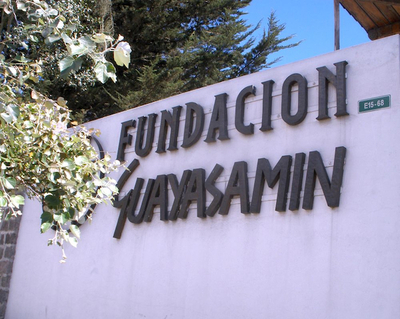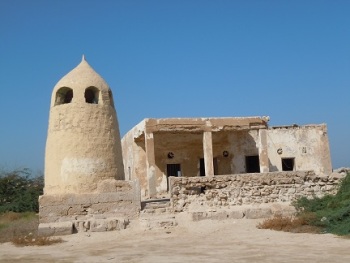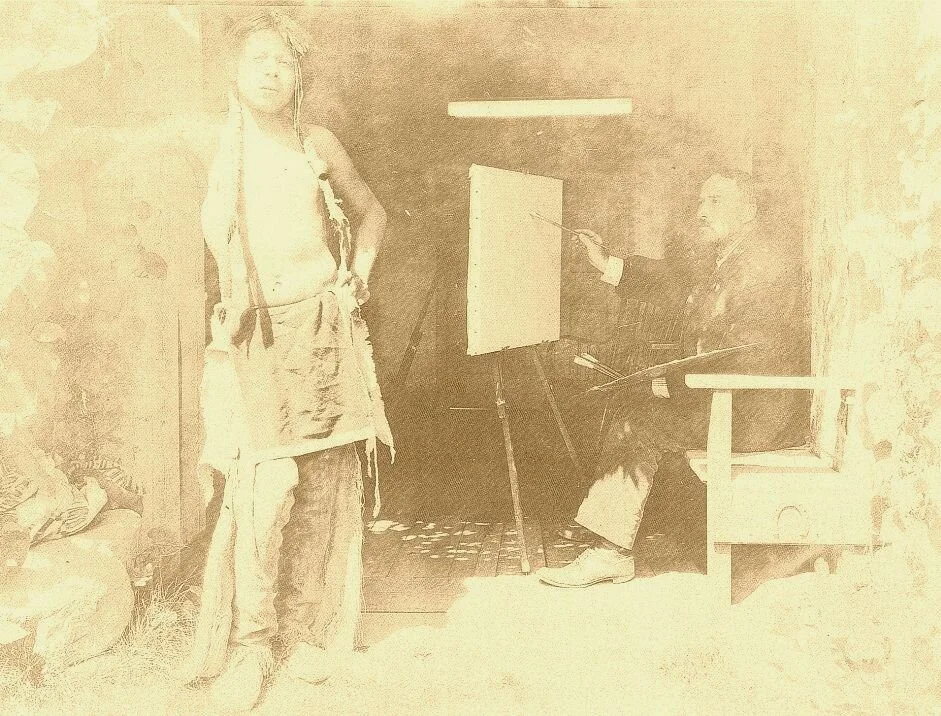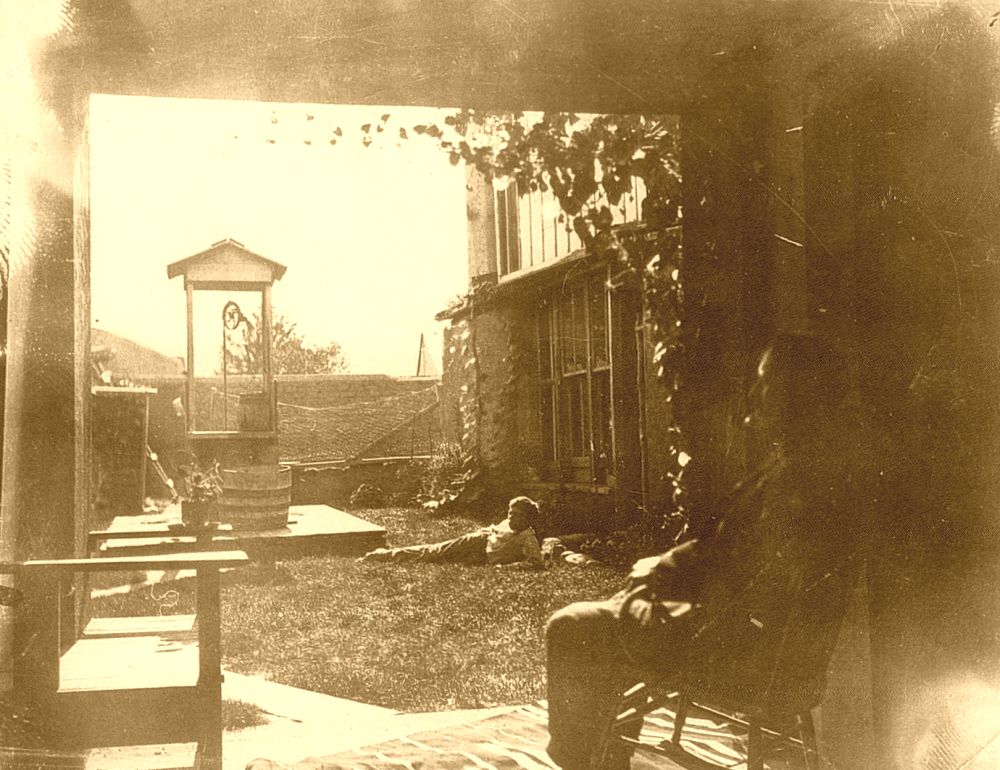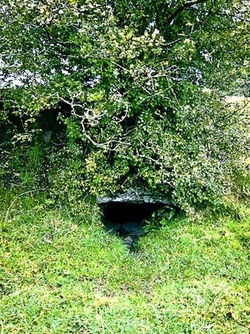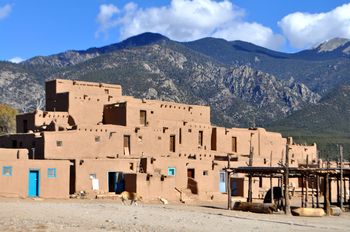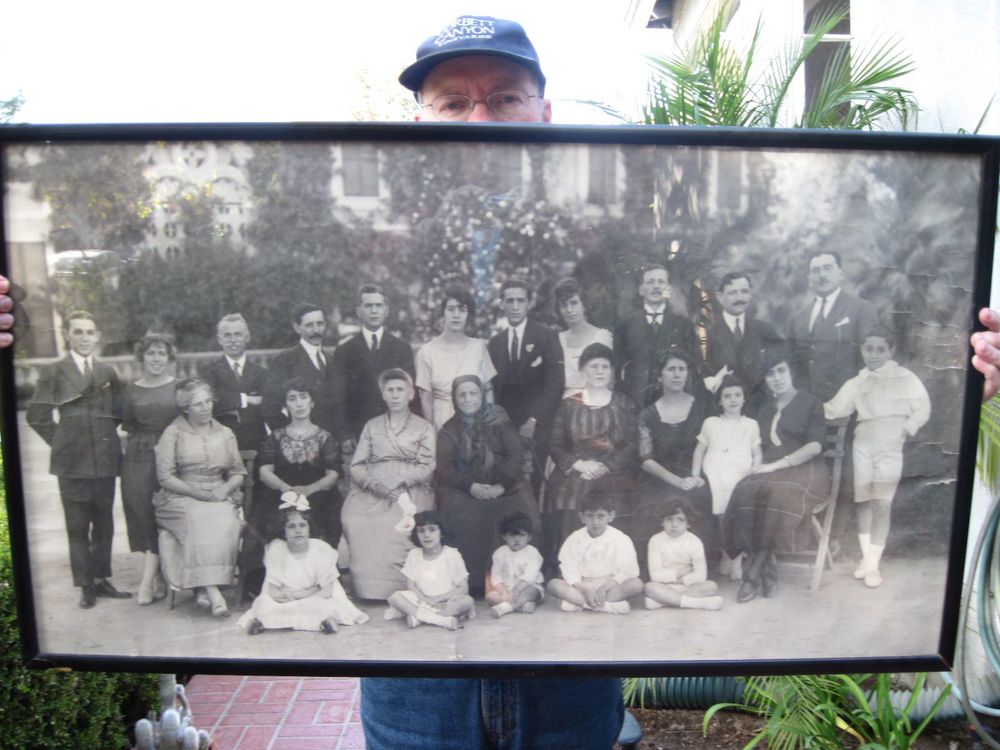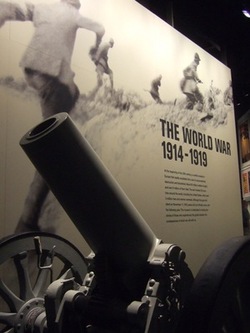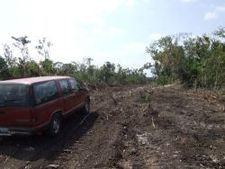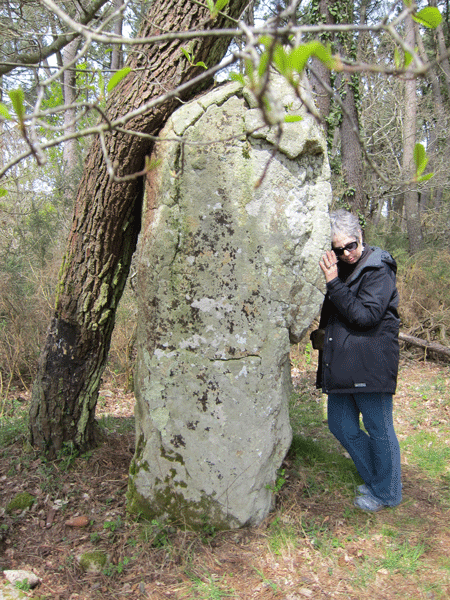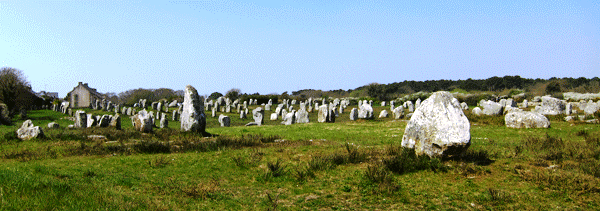With no documentation or living family left to question, it seemed a long shot to trace my grandmother’s roots in Newfoundland. My father used to say his mother was from Harbour Grace, that she worked ‘in service’ there. My aunt said no, she was from Salmon Cove or perhaps Trinity. My internet search was proving futile. Without my grandmothers’s birth certificate, birth date, baptism records (which apparently burned in a church fire) or even childhood photos, I didn’t have much to go on. I would have to travel to Newfoundland & Labrador to see what I could dig up, and I would take along my favourite chauffeur, my husband John.
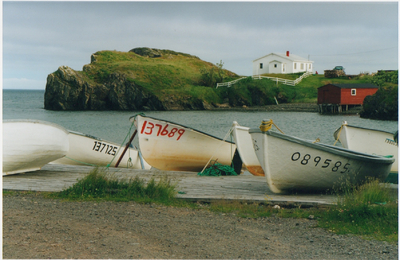 My ancestors emigrated to Ontario from Newfoundland about a hundred years ago. My grandparents George Spencer and Elfreda Higden were both Newfoundlanders, as were their parents and grandparents before them. George died at age 50, but Alfreda lived on to age 83, spending her final days living with us in her ‘granny suite’. I decided to focus my genealogical search on her.
My ancestors emigrated to Ontario from Newfoundland about a hundred years ago. My grandparents George Spencer and Elfreda Higden were both Newfoundlanders, as were their parents and grandparents before them. George died at age 50, but Alfreda lived on to age 83, spending her final days living with us in her ‘granny suite’. I decided to focus my genealogical search on her.
Here’s what I was told about my grandmother. She was a staunch Methodist, she loved the monarchy, and her deafness was caused by a childhood case of diphtheria. This instilled in her a suspicion and a fear that others were always talking against her, and it gave her a crabby edge. She fought with her husband incessantly.
Here’s what I remember about my grandmother. Into her eighties she weighed about 100 pounds and kept her grey hair curled up in bobby pins day and night. She could lipread from across the room, and she squinted her eyes and shook her cane if she didn’t like what she saw. She had these strange expressions like “Stay where yer at, and I’ll come where yer to” and “Mind yer mouth.”
One day, I was deadly embarrassed to catch Elfreda in her raggedy fur coat hitchhiking near our house in the suburbs down to the mall. I ran in to tell my father, but all he said was: “You know she’s from Newfoundland” as if that explained everything. I supposed that Newfoundland was like another country, where they did things differently.

